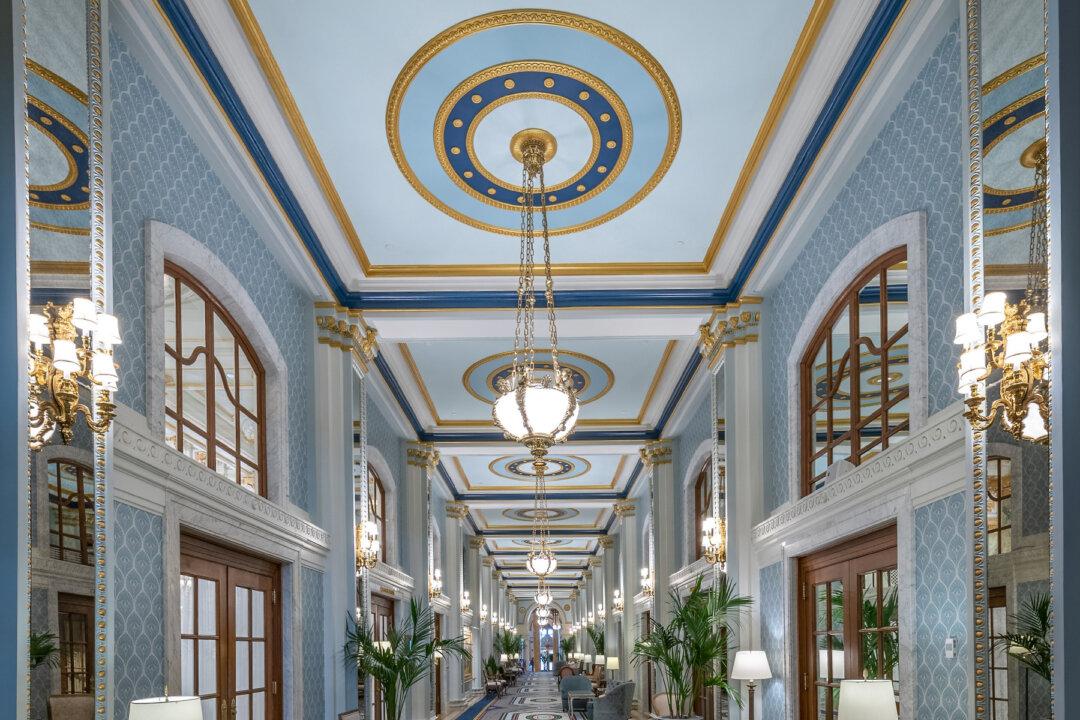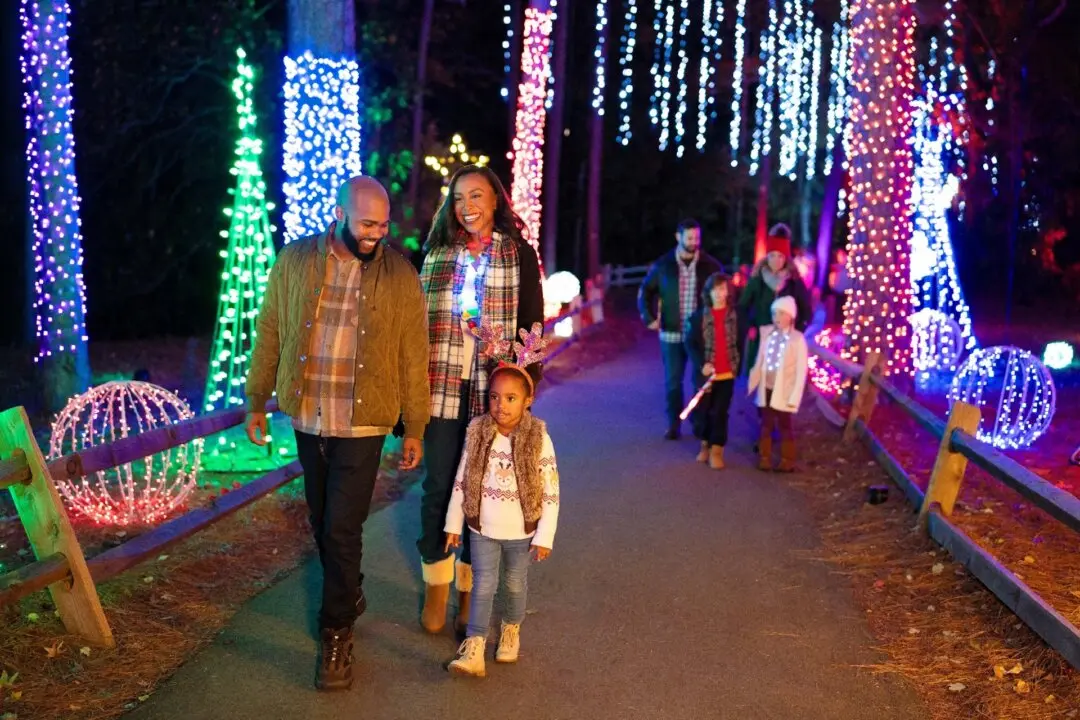Sometimes it’s nice to make an entrance. Charlotte, wearing a floor-length dress, sashayed into Peacock Alley, positioning herself under the row of Beaux-Arts chandeliers, stepping past the potted palms and gilded pilasters. She found her place on the gold settee flanked by glittering sconces and felt like royalty. The harpist, having noticed her blue Mirabel dress, welcomed her by performing “We Don’t Talk About Bruno” from “Encanto,” 4-year-old Charlotte’s favorite movie. She smiled like the combination heroine and fairytale princess she imagined herself to be.
Such is the magic of Peacock Alley at the Willard InterContinental Washington, D.C. One of the capital’s best places for an indulgent afternoon tea, the historic hotel, whose roots date back to 1818, has served the refreshment since the 1920s. The sophisticated room embraces a diversity of clientele—hotel guests, women celebrating birthdays, romantic couples, and bridesmaids—but just a few kids. Chalk that up to the price.





